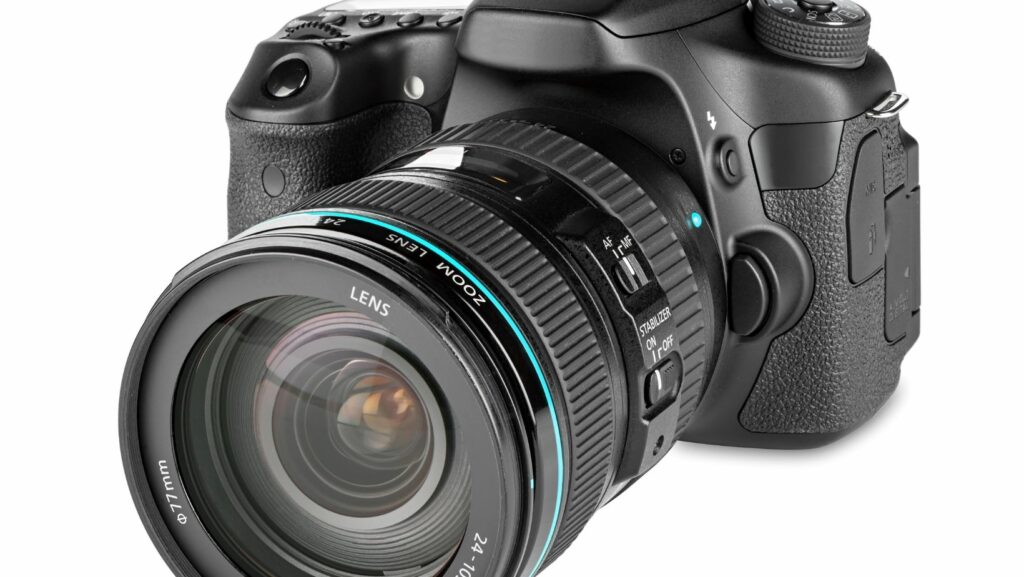Navigating the world of DSLR lenses can feel overwhelming, especially when prices vary so widely. Whether you’re a budding photographer or a seasoned pro, understanding what drives these costs can help you make informed decisions. From budget-friendly options to high-end glass, each lens category offers different features and performance levels. Factors like brand reputation, build quality, and specialized features play significant roles in determining price. Knowing what to look for ensures you get the best value for your money. This guide breaks down the key elements influencing DSLR lens prices, helping you find the perfect lens without breaking the bank. Wide-angle lenses, often used for landscapes, and telephoto lenses, ideal for wildlife photography, also fall into diverse price categories depending on their focal lengths and performance characteristics. Lenses designed for professional use, offering advanced features and exceptional build quality, command premium prices. Amateur lenses, while still capable of producing excellent images, tend to be more affordable due to simpler designs and fewer features.
DSLR Lens Price

DSLR lens prices vary greatly, influenced by several key factors. Brand reputation significantly impacts pricing, with premium brands like Canon and Nikon often commanding higher prices due to their established trust and quality. Build quality plays a significant role. Lenses made from high-quality materials like metal and advanced plastics, along with weather-sealing, cost more than entry-level models built from basic plastics. For example, professional-grade lenses with durable build quality and robust construction ensure longevity and reliability, hence their higher price tags. The lens specifications, such as focal length, maximum aperture, and special features like image stabilization, also affect the price. Prime lenses with large maximum apertures (e.g., f/1.4) generally cost more because of their superior low-light performance. Zoom lenses covering a wide range of focal lengths (e.g., 24-70mm) are often pricier due to their versatility. Different types of lenses serve various purposes and come with different price points. Macro lenses, designed for close-up photography, typically have additional optical elements and focus mechanisms, contributing to higher costs.
Factors Influencing DSLR Lens Prices

DSLR lens prices vary due to several factors, each contributing to the overall cost. By understanding these elements, photographers can make informed purchasing decisions. Brand reputation significantly affects lens pricing. Premium brands like Canon and Nikon charge more due to established reliability and performance. They invest in research and development to maintain their reputation, resulting in higher costs. Lens specifications directly impact prices. Features like focal length and maximum aperture determine versatility and image quality. Prime lenses, known for their superior optics, and zoom lenses with wider focal length ranges are typically more expensive due to advanced engineering. Build quality plays a crucial role in lens pricing. Professional-grade lenses use durable materials to ensure longevity and withstand challenging environments, leading to high costs. Entry-level lenses, often constructed with less robust materials, are more affordable but may not offer the same durability. Market demand influences lens prices as well.
Pricing Trends in the DSLR Lens Market

Navigating the DSLR lens market can be both exciting and challenging. By understanding the factors that influence lens prices, photographers can make informed decisions that align with their needs and budget. Brand reputation, build quality, and specific lens features significantly impact costs, with premium brands and advanced lenses commanding higher prices. Moreover, the intended use of the lens and market demand play crucial roles in pricing. Professional-grade lenses with specialized features are generally more expensive than amateur options. Rare and highly sought-after lenses also tend to have steeper price tags. Ultimately, being aware of these pricing trends helps photographers choose the best lens for their requirements, ensuring they achieve the desired quality and performance without overspending. Whether they’re just starting or looking to upgrade, a well-informed decision can lead to a rewarding photography experience. Lenses in high demand due to popularity or rarity tend to cost more. Photographers searching for specific features or rare models often encounter increased prices, reflecting the balance of supply and demand in the market.

